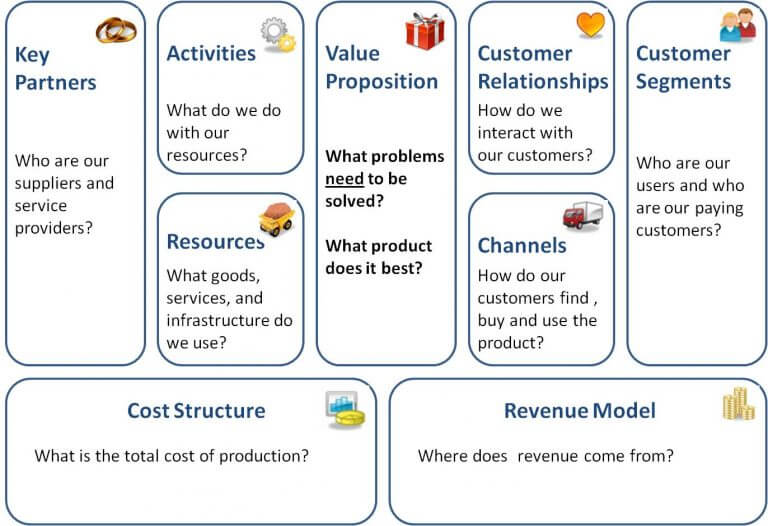Never Write Another Business Plan Again…

Imagine never again having to write a business plan! This is likely music to the ears of any microinsurance manager. In fact, for just about any manager. Just think of the countless lost hours, evenings, and weekends you spent working on business plans. But you can stop doing that now…
What’s wrong with the business plan?
The academic and entrepreneur, Steve Blank, has been one of the main figureheads of the lean startup methodology. He explains the problems with business plans for new companies really succinctly:
“The business plan is a wonderful document for organizing and planning for existing companies to launch follow-on products. In an existing corporation, the business plan is the execution document for sustaining innovation.
The problem is that once a plan is written it’s static and assumes minimal new learning. This makes sense in a company where your customers, channel and competition are known. And your revenue plan is something more than a hallucination.
But for startups, business plans fail to match the chaotic reality they encounter in the real world.”
Who Dares Wins – The 2nd Annual International Business Model Competition, Steve Blank, 2012
He adds:
“The search for a business model requires dramatically different rules, roadmaps, skill sets, and tools in order to minimize risk and optimize chances for success.”
The Startup Owner’s Manual: The Step-by-Step Guide for Building a Great Company (p. xiv)… Steve Blank, 2012.
Steve Blank’s argument applies closely to most microinsurance projects. There are just too many unknowns when you start out to be able to accurately cement your ideas in a 5-year plan.
The business model canvas
Enter the business model canvas. This is a one-page alternative to the business plan that has been adopted by millions of startups, from Silicon Valley disruptors to socially driven ventures worldwide.

It is a template containing nine ‘building blocks’ that describe your business. You need customers, a product or service that is your value proposition, distribution channels, and so forth.
For each block, you develop your assumptions. At the early stages of a business, these are recognised as no more than educated guesses.
Through tests and iterations, you can update your assumptions to the point that they are all validated in your business model canvas. You then have a working business model.
Such a flexible model is clearly better adapted for the early stages of a business than a rigid business plan.
The business model canvas is also a great fit for customer-centric approaches, as it allows you to craft your entire business around the customer needs.
You can learn more about the business model canvas and how to apply it in two excellent online courses: Steve Blank’s How to build a startup and Acumen Plus‘ Lean Startup Principles for the Social Sector.
If you want to learn and experience how the business model canvas specifically works for microinsurance, apply for the Microinsurance Master leadership programme.
